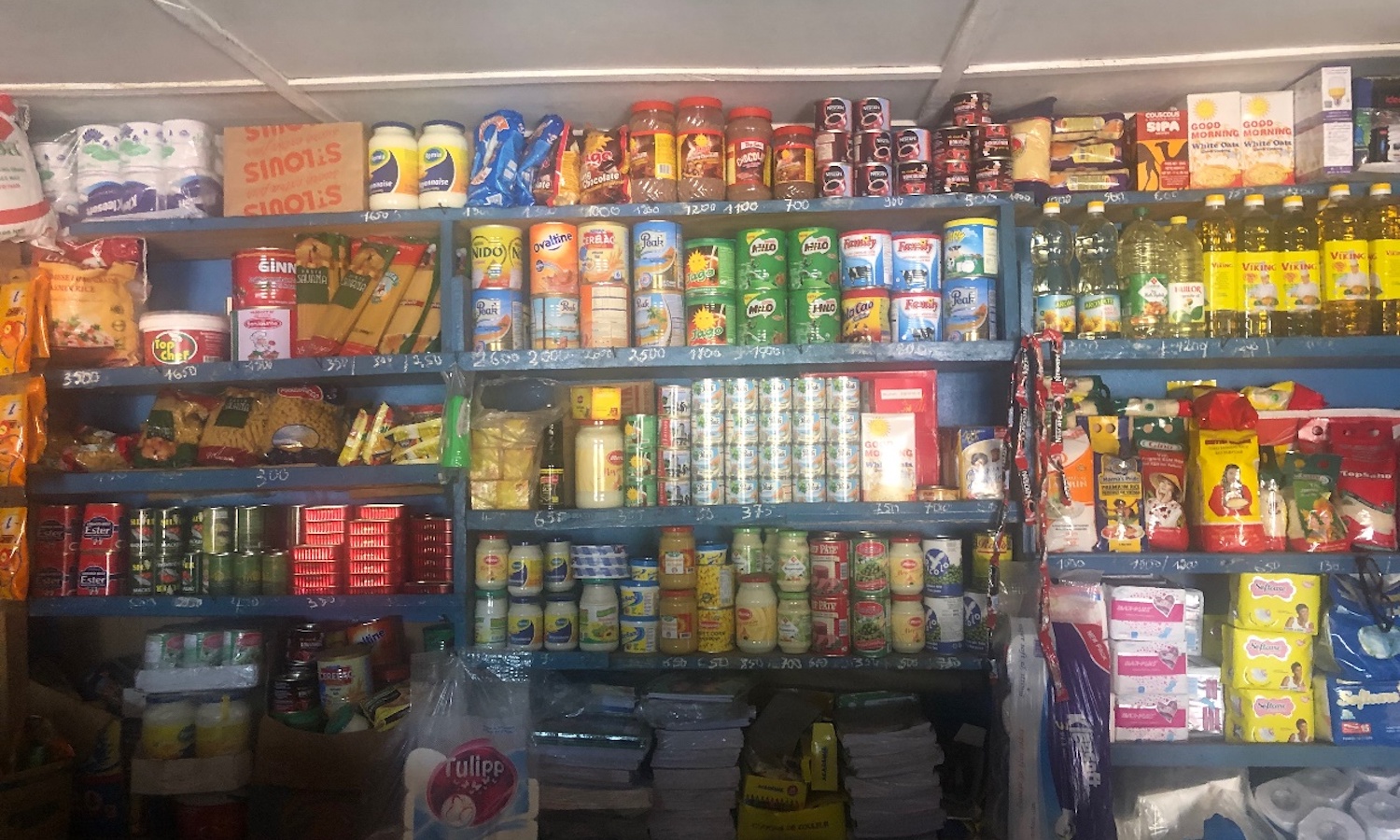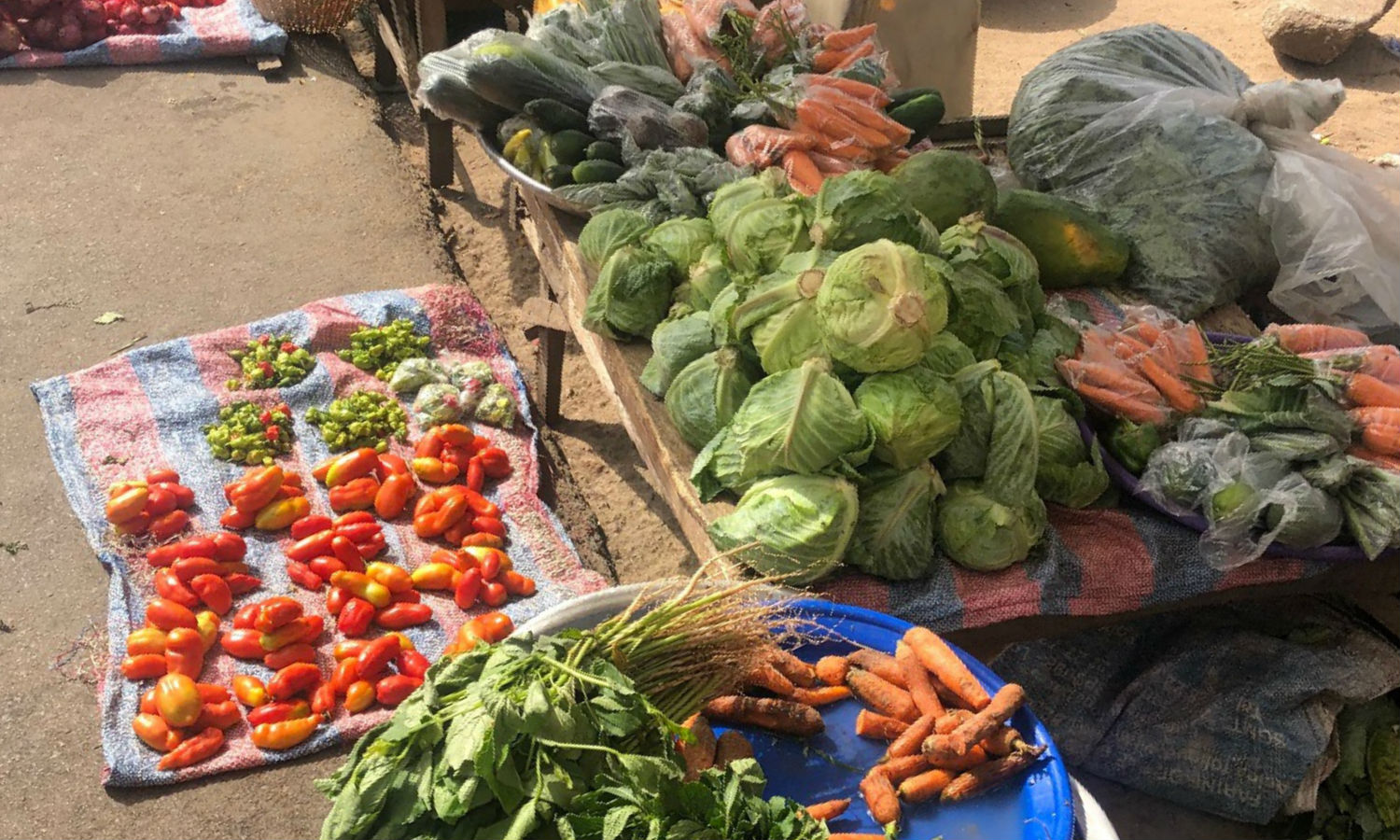In Benin, West Africa, over 30 percent of children are stunted—meaning they are too short for their age because of malnutrition. At the same time, over 30 percent of adults in Benin are overweight. Many of those stunted children will become overweight adults.
Historically, undernutrition and dietary excess have been considered separately, but global transitions have led to a Double Burden of Malnutrition: many people are both undernourished and overweight. Large nutritional and lifestyle transitions have occurred in Africa in recent decades, increasing obesity and diet-related noncommunicable diseases (NCDs) such as hypertension, cancer, and diabetes caused by lifestyle factors, genetics, and environment.
To better understand how this epidemic is evolving, I’d like to share the factors I’ve observed while living in West Africa for three years, first as a Peace Corps volunteer, then as a Fulbright scholar studying NCDs. These observations are from Togo and Benin; however, the themes hold true for other countries, as much of Africa undergoes a nutritional transition.
Failing food systems
I recently spoke with Alassane, a café manager, about hypertension in his community. He commented, “We eat for the stomach, not for the body. We know which foods are good for us, but often we’re obligated to eat foods we don’t necessarily want.”
Alassane’s thoughts describe food insecurity currents explained in a recent statement by Dr. Francesco Branca, the Director of the Department of Nutrition for Health and Development at the World Health Organization, “We can no longer characterize countries as low-income and undernourished, or high-income and only concerned with obesity. All forms of malnutrition have a common denominator—food systems that fail to provide all people with healthy, safe, affordable, and sustainable diets.”
Economic incentives for vendors, consumers, and farmers have engendered food insecure communities: convenient sugary, deep-fried, or processed options are pervasive, while fruits and vegetables are rare.

Sugar
I have yet to find anything cheaper than sugar in West Africa. A bag of about 25 grams of sugar costs US$0.04. Sugarcane is a local crop; however modern transformation processes have allowed sugar to be extracted and sold in quantities unimaginable in the past. An average morning starts with hot porridge, to which people add between 10 and 30 grams of sugar, some exceeding the American Heart Association’s sugar guidelines before 9 AM.
Interestingly, in the local language spoken where I live, sweetness and happiness are the same word. This makes sense, as sugar releases dopamine. However, sugar also causes insulin resistance and inflammation, leading to diabetes, weight gain, and cardiovascular problems, so moderation is key.
Tight budgets

The average annual income in Togo was US$375 in 2010 according to a government survey. However, 90 percent of respondents earned less than US$210 per year. The difference between the average and the majority is a revealing snapshot of the inequality in Togo.
Average family budgets must be masterfully rationed to cover a family’s needs. Needs include food, gas or charcoal for cooking, school fees, medicine, transportation, and housing, not to mention money to celebrate life milestones such as weddings, funerals, and baptisms. This makes it difficult to save, invest and buy nutritious food.
The rise of ultra-processed foods
In the past, most food was grown by the family or bought at a village open-air market. People still buy produce, meat, and other items at markets, but over time, inexpensive, processed options have become ubiquitous in neighborhood boutiques.
These boutiques sell imported, ultra-processed items like sweetened condensed milk, tomato paste, and bouillon cubes, each with a long shelf life, a key consideration for those without a refrigerator. They are heavily marketed on TV, billboards, umbrellas, and t-shirts. These unregulated products, high in sugar and salt, are considered culinary staples.

Malnutrition throughout the lifecycle
Food insecurity often manifests in people being underweight and overweight at different points of their lives. Scientists theorize that undernourished fetuses and babies develop a metabolism geared towards short-term survival. This prioritizes immune system defense and reproduction, diverting energy from growth and maintenance, causing stunting.
As these children begin to eat diets high in caloric density and low in micronutrients, the extra calories continue to support defense and reproduction—leading to inflammation and excess fat stores, particularly near the abdomen, both risk factors for NCDs. Because growth and maintenance are left unprioritized, undernourished children do not develop high-functioning organs with the capacity to handle metabolic stressors, such as smoking or high-sugar diets.
How can this be stopped?
Too often, the onus is placed on individuals to prevent risk factors like hypertension and obesity. Glaringly, one in three Americans are hypertensive, and 70% of the population is either overweight (32 percent) or obese (38 percent). This is not a cumulative failure of individuals. I am in support of people taking agency over their health decisions, but global willpower is not a viable strategy to prevent NCDs.
Food policy experts propose attacking malnutrition in Africa through policy and programs that simultaneously combat undernutrition and dietary excess. They encourage governments to disrupt the life cycle of malnutrition by strengthening antenatal health services and school nutrition programs. They also advise leveraging social safety nets and agricultural and food system policies to support healthy diets. This will be the more daunting, yet fundamental task.
Shockingly, though NCDs cause 67 percent of deaths in low-income countries, only 1 percent of current global health funding goes towards NCD treatment and prevention. As a researcher, I provide the Togolese Ministry of Health with risk factor prevalence data to advocate for funding future research and action. Not only in Africa, but worldwide, combatting NCDs will require inquisitive research and innovative policies designed to make nutritious diets easier for all consumers.











